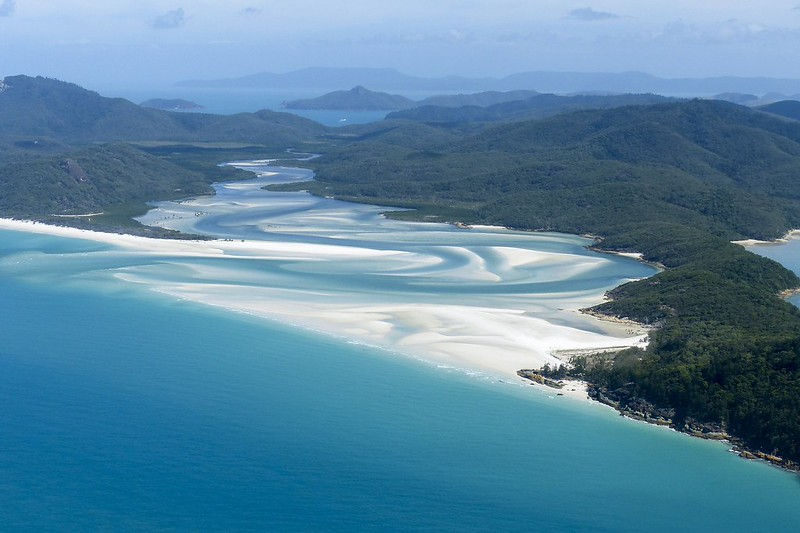Environmental Conservation in Norway: A Model for Sustainable Development
- Inga

- May 24, 2023
- 3 min read
Norway, known for its stunning landscapes and pristine natural beauty, has long been recognised as a global leader in environmental conservation. With its commitment to sustainable development, the country has implemented a range of innovative initiatives to protect its ecosystems, reduce greenhouse gas emissions, and promote renewable energy sources. This article explores Norway's efforts in environmental conservation, highlighting its achievements, policies, and the lessons it offers to the world in the pursuit of a greener future.

The Preservation of Natural Landscapes:
Norway boasts an abundance of breathtaking landscapes, including fjords, mountains, and forests. Recognising the significance of these natural wonders, the Norwegian government has taken proactive steps to protect and preserve them. National parks, nature reserves, and protected areas cover over 25% of the country's land, ensuring the conservation of vulnerable ecosystems and safeguarding biodiversity. Strict regulations on land use, logging, and wildlife protection help maintain the delicate balance of Norway's natural habitats.
Moreover, Norway's commitment to sustainable forestry practices has made it a pioneer in responsible timber harvesting. The country strictly enforces reforestation policies, ensuring that forests are sustainably managed and the timber industry operates in an environmentally friendly manner.

Ambitious Climate Change Goals:
Norway is dedicated to combating climate change and has set ambitious goals to reduce its greenhouse gas emissions. The country aims to be carbon-neutral by 2030, aligning its policies with the Paris Agreement and actively working to transition towards a low-carbon society. Norway's success in reducing emissions is attributed to its investments in renewable energy, particularly hydro-power and wind power.
Hydro-power is Norway's primary source of electricity, with over 96% of its electricity production coming from renewable sources. The country's vast network of rivers and waterfalls has been harnessed for energy production, providing a clean and sustainable alternative to fossil fuels. Additionally, Norway has become a global leader in electric vehicle adoption, offering incentives for Electric Vehicle purchases and implementing a comprehensive charging infrastructure nationwide.

Waste Management and Circular Economy:
Norway has made significant strides in waste management and the promotion of a circular economy. The country has established an efficient waste collection and recycling system, with separate bins for organic waste, paper, plastic, and metal. By incentivising recycling and implementing a strict waste hierarchy, Norway has achieved an impressive recycling rate of over 40%.
Furthermore, Norway has taken a proactive approach to tackle marine pollution, particularly plastic waste. The government has implemented strict regulations on single-use plastics, leading to a significant reduction in their consumption. Additionally, innovative initiatives, such as "plastic highways" made from recycled materials, have been introduced to address the issue of plastic waste in road construction.
Norway's commitment to a circular economy is exemplified by its focus on resource efficiency and sustainable consumption. The country encourages the repair, reuse, and recycling of products, aiming to minimise waste generation and promote long-lasting, environmentally friendly alternatives.

Conclusion:
Norway's dedication to environmental conservation sets a commendable example for the rest of the world. Through its preservation of natural landscapes, ambitious climate change goals, and innovative waste management strategies, Norway showcases the potential for sustainable development. By prioritising renewable energy, protecting ecosystems, and adopting circular economy practices, the country has demonstrated that economic prosperity and environmental stewardship can go hand in hand.
As the world grapples with pressing environmental challenges, Norway serves as an inspiration, highlighting the importance of collective action and long-term vision in safeguarding our planet for future generations.

🇳🇴






Comments